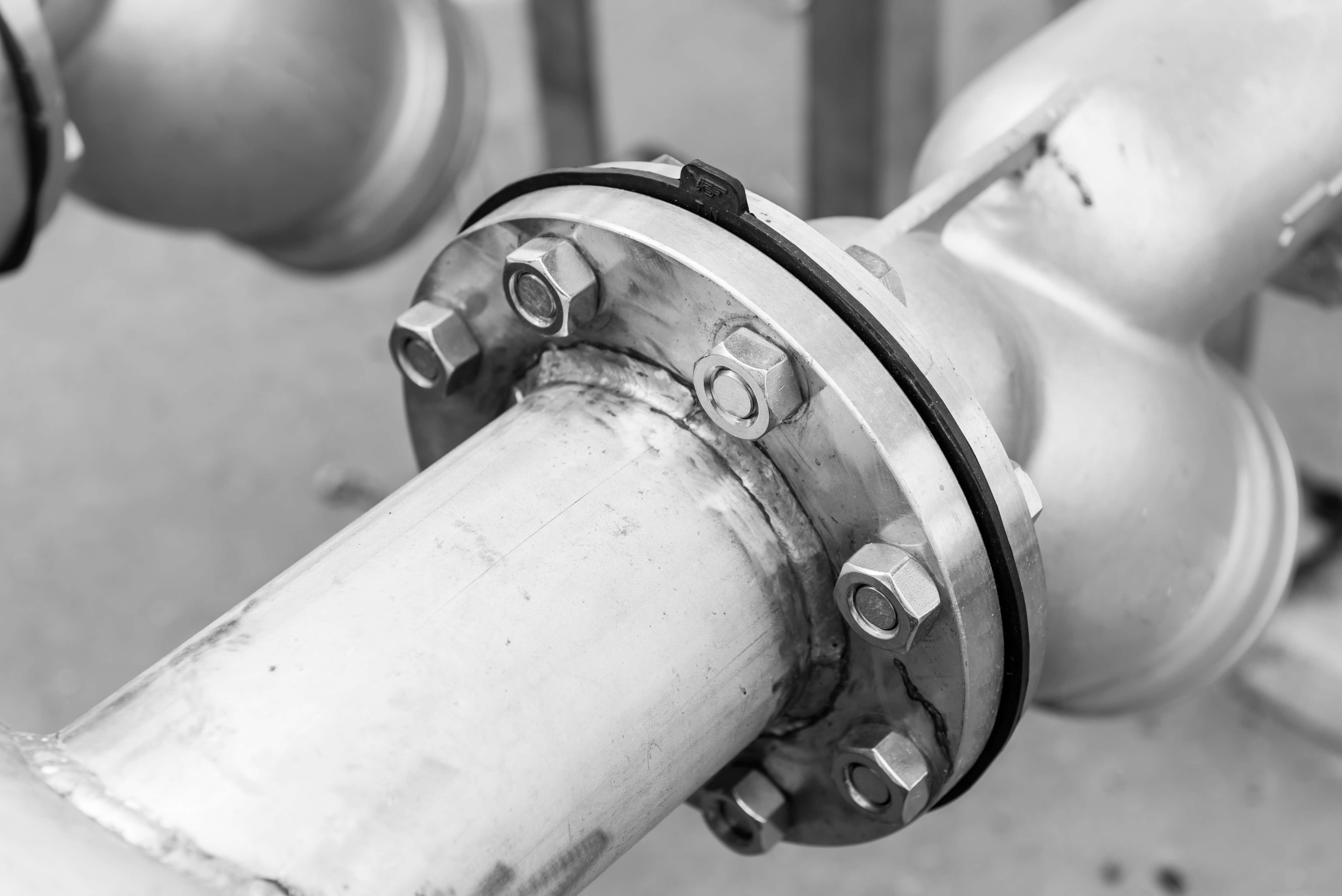SEWAGE EJECTOR PUMPS

The advent of indoor plumbing brought along some unique design and execution quandaries that led to the development of sewage ejector pumps. The basic idea of the pumps is to elevate the wastewater in plumbing for better flow from the fixtures to the main sewage lines. Sewage ejector pumps allow for different plumbing designs to function properly in residences and commercial applications.
When do you need one
The sewage ejector pump is utilized to move the wastewater to the main sewer lines. When fixtures are installed below the grade of the line that takes the wastewater to the main line, the flow needs to be helped along in order for the plumbing to work properly. The flow of drain wastewater depends upon gravity to get it where it needs to go. This means that any buildings with drains that are located below the main sewage line will need to have a sewage ejector pump installed to assist with the proper flow of the wastewater.
To comply with local ordinances and municipalities, the onus of getting wastewater to the main sewage line is on the property owner, not the utility company or municipality. This means that every structure must have the proper equipment to comply with by the owner. Usually, this must occur before any work approvals will happen. In order to pass inspection, you will need to have the proper elements installed and working properly before your installation will be signed off on.
Common applications
A few of the most common applications where you will find sewage ejector pumps are in residential applications. Most commonly homes that have the following things will require a sewage ejector pump:
- Home basement bathroom
- Home basement laundry room
- Home basement washtub
Other fixtures located in any part of the house that is below the main line can also be listed as a common application. Depending on where the municipality ran the original line and the grade of the roads, lot, and community, any number of fixtures could be below grade regardless of where they are located in the house. Be sure you check with the utility or municipality to get the location of the main line. This will help you decide if you need a sewage ejector pump in a fixture.
How do sewage ejector pumps work
Sewage ejector pumps are used in conjunction with a sump basin. The sump basin is usually dug or cut into the ground below grade. The sewage ejector pump itself sits inside the sump basin. The sump basin is plumbed to collect all of the wastewater from the affected fixtures (usually all of the basement fixtures). To get the wastewater to the basin, the plumbing lines are sloped at the appropriate grade so that they flow with gravity into the basin.
When building a moderate size home you can expect to install a sump basin that collects and holds approximately 30 gallons of waste. This is an average and the total capacity needed or handled will vary depending on the unit and other factors.
Once the wastewater reaches a specific height in the basin the sewage ejector pump goes to work when the pump is tripped by a float rigged to tell the pump to start. The pump itself is fitted with spinning impellers to aid with the intake of the raw sewage through the bottom of the pump.
From there the impellers force the raw sewage under pressure out of the outlet and then into the discharge pipe. From there the wastewater travels in the sewage lines to the main city line or to the septic tank depending on your available utilities. When the wastewater level in the basin goes down, the float hooked up to pump turns off until the next time the level hits the trip line and it needs to pump again.
Standard sewage ejector pumps are generally designed to handle up to 2”diameter solids. It’s important to note that these pumps do not have grinding blades and are considered to be able to handle high volume/ low-pressure submersible solids.
Things to consider
System Requirements
A vent is always required for a sewage ejector pump installation in order to equalize pressure during active pumping and to provide an outlet for sewer gasses during pumping and while the sewage is being held in the basin. The vent usually comes out of the sump pump and is connected either to an existing vent (soil) stack or runs up and then through the roof.
The most common outlet size after the sewage ejector pump is 2”. After the pump outlet line, there is usually a check valve to ensure that nothing drains back into the basin after all the wastewater is pumped out of the basin. When installed properly, the top of the sump basin is securely sealed so that waste fumes are not leaking from the basin into the air.
Planning Considerations
Before starting a project that requires the installation of a sewage ejector pump, you will want to consult with your local building department. Different areas will have different plumbing and building ordinances, codes, and permit requirements. Any work involving septic or sewer lines is will most likely require a permit and an inspector.
To be safe, you are encouraged to find out what is required to install a sewage ejector pump legally before you begin. In many cases, you will need a licensed plumber or company to complete the work.





